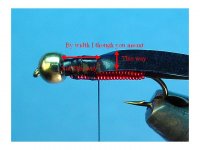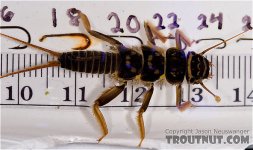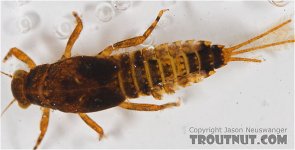yea-who
Member
- Joined
- Jan 2, 2008
- Messages
- 232
How do you figure on how wide to make the wingcase on nymphs ? I current use the "poke & hope method".
Also, do you coat the feather used as the wingcase with a flexable head cement ?
Also, do you coat the feather used as the wingcase with a flexable head cement ?







